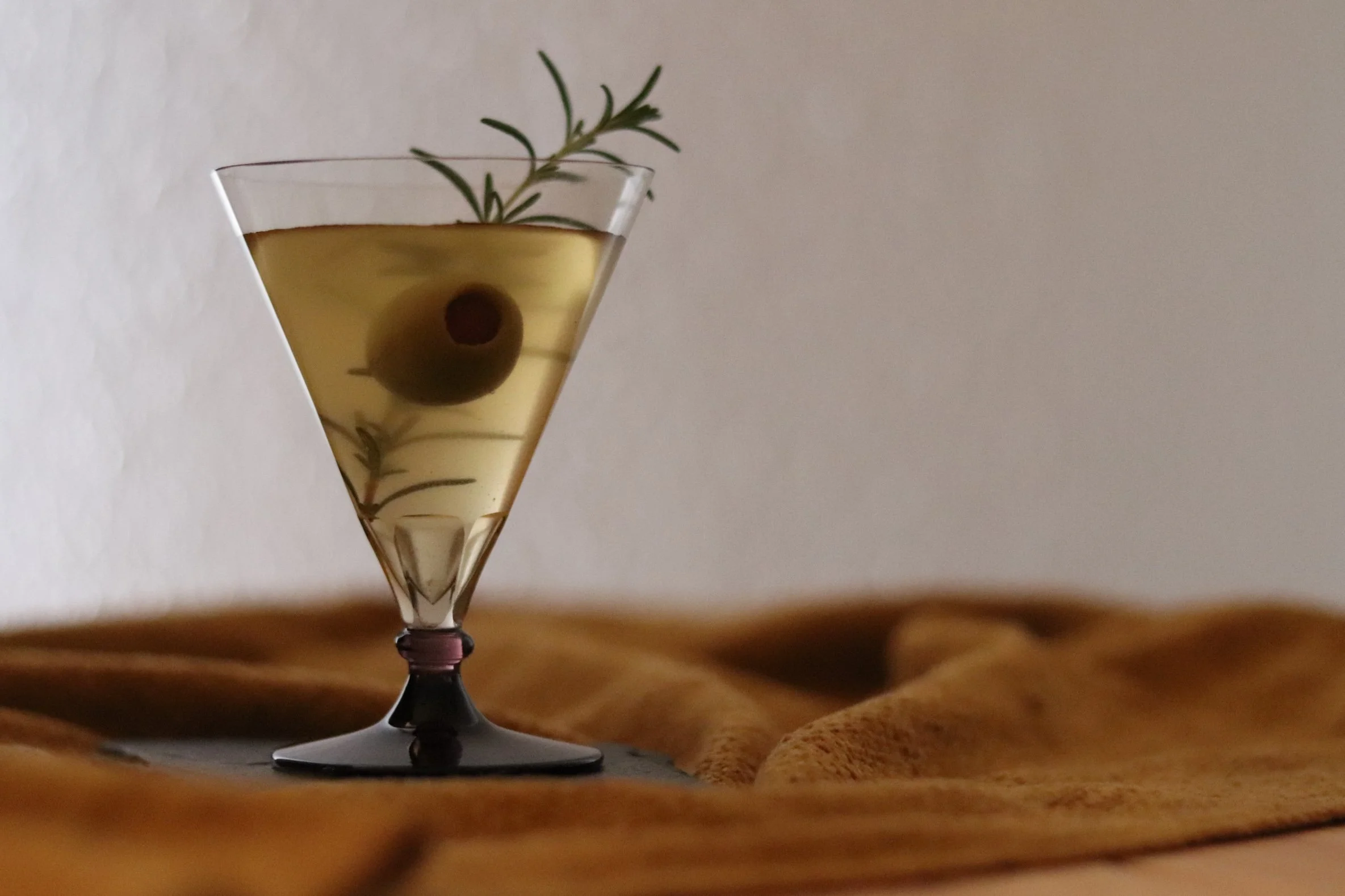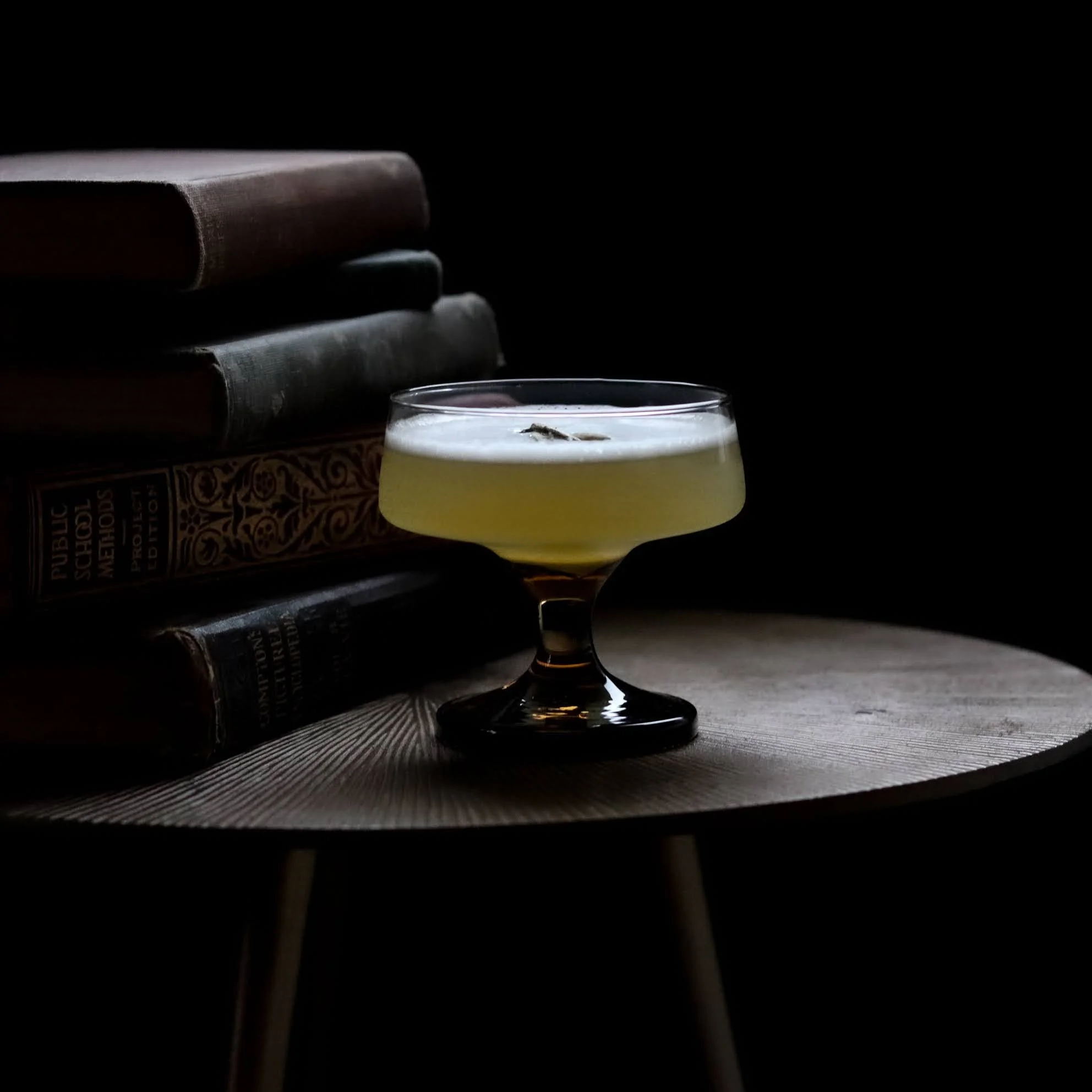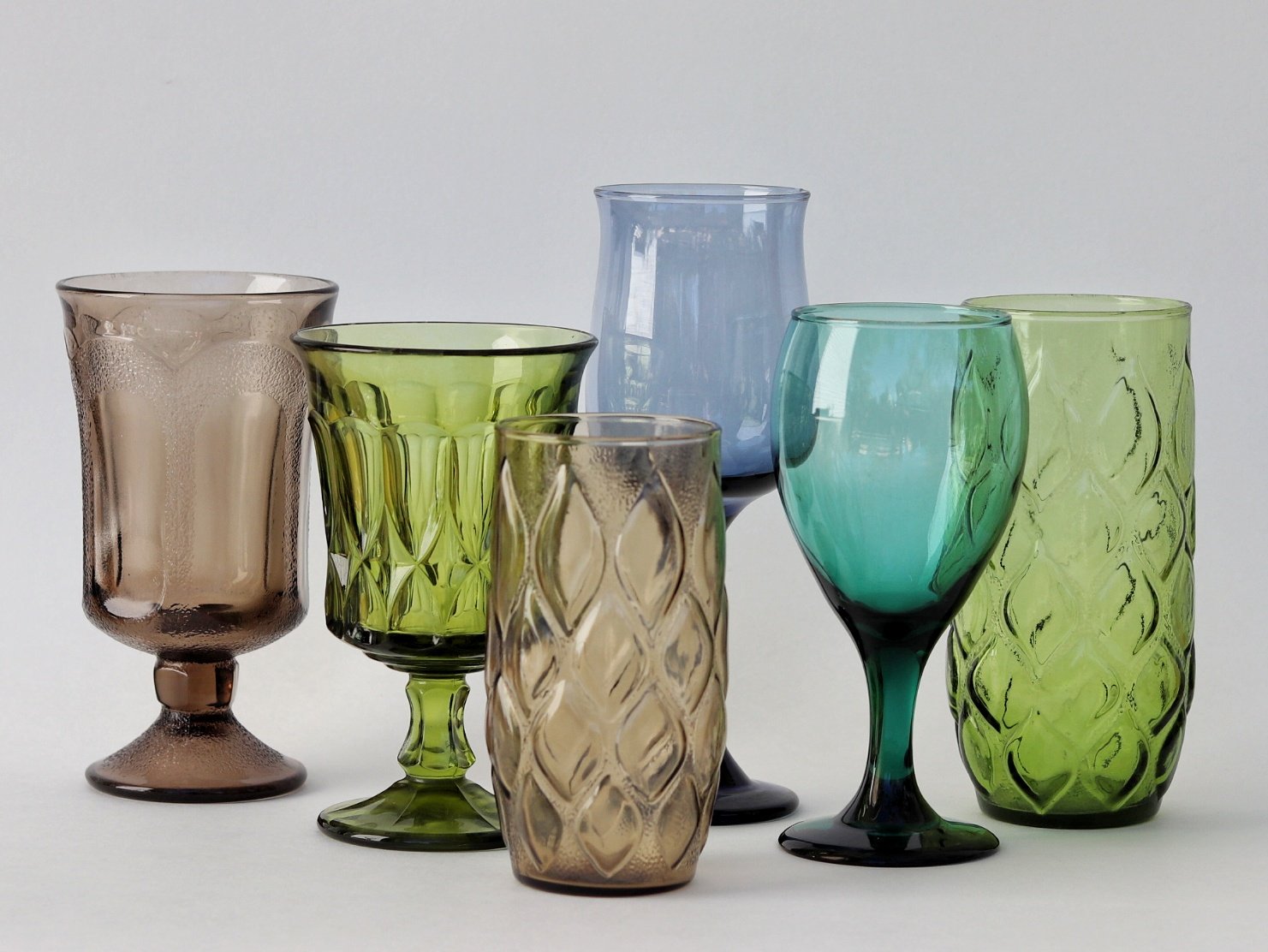The Bar Cart Revival
Vintage Barware and the Return of Thoughtful Hosting
The return of the home bar didn’t arrive loudly. It came back the way meaningful things usually do: quietly, from living rooms and kitchens, in the soft glow of a lamp, in the small ceremony of inviting someone to stay awhile. After several years of fractured routines and public spaces that felt either overstimulating or impersonal, many of us began turning inward again. We are hosting at home — not to impress, but to connect. Recent consumer research reflects this shift: over 40% of U.S. adults say they host at home more often than they did before 2020, choosing intimacy and atmosphere over going out.
With this return to hosting, something else has resurfaced — the bar cart. But not the sleek mirrored one stocked with novelty glassware. What’s returning is the heritage cart: heavy-bottomed rocks glasses, smoked crystal coupes, etched decanters, and warm amber glass that once lived quietly inside a grandmother’s cabinet. These pieces have weight. They have presence. They make a drink feel like a moment.
In hospitality, there is a renewed emphasis on glassware as part of the sensory experience — the feel of the rim, the balance in the hand, the sound it makes when set down. Drinkware is no longer just a container, but part of the atmosphere and emotional tone of gathering (Arc Cardinal, Top Drinkware Trends Shaping 2025). This shift is mirrored at home, where the object itself carries the meaning.
There are two currents driving this revival. First, a cultural leaning toward gentle abundance — the idea that richness comes from presence, not excess. When the economy feels uncertain, we don’t stop wanting beauty or joy; we simply relocate those desires into smaller, closer spaces. A $9 bottle of wine, poured thoughtfully into a glass that feels storied, becomes an event. A quiet evening becomes memorable.
The second current is the rise of non-alcohol and intentional drinking. Zero-proof spirits and mixers have been one of the fastest-growing beverage categories in the U.S. for the past two years, with many younger adults choosing ritual without intoxication. And 41% of Gen Z now reports drinking less or not at all, while still valuing ceremony and taste. In many smaller cities where non-A cuisine is not yet mainstream, this shift is happening inside the home long before it appears on bar menus. The glass becomes the ritual, regardless of what’s inside it.
Vintage barware works because it is not neutral. It carries memory. A coupe isn’t just a coupe — it is a reference to another era of slowness, conversation, and lingering. The weight of a rocks glass can anchor a moment. A decanter on a table suggests that time is meant to be enjoyed, not rushed through. The weight, texture, and color available in vintage varieties are not something being produced today, and even if they were, the sustainability wouldn't be there.
These are objects that create mood, not just utility.
They turn a drink into a gesture that says; I prepared this for you and I cared enough to make it meaningful.
The bar cart revival is not about display or trend. It is a return to intentional living. To the art of making the ordinary feel special To evenings that unfold instead of perform.
Come in.
Sit down.
Take your time.
The night doesn’t need to be loud to matter.
It just needs to be real.



